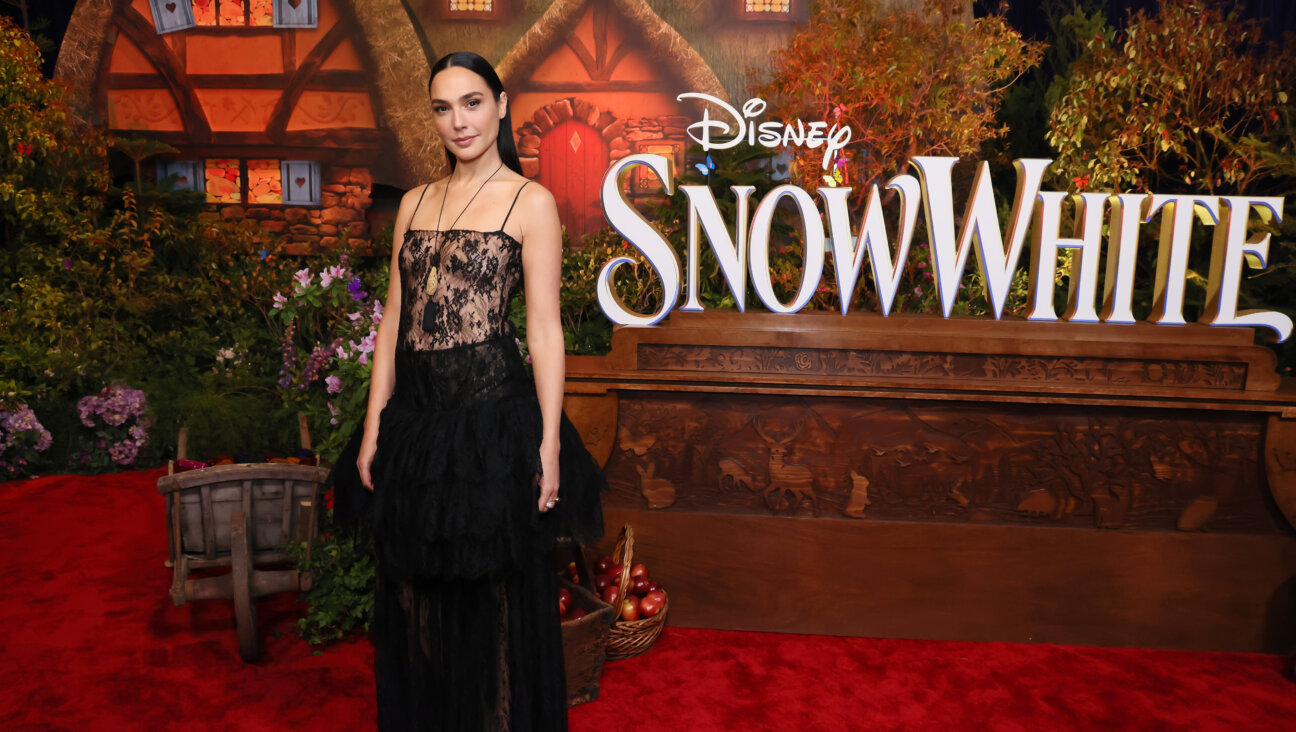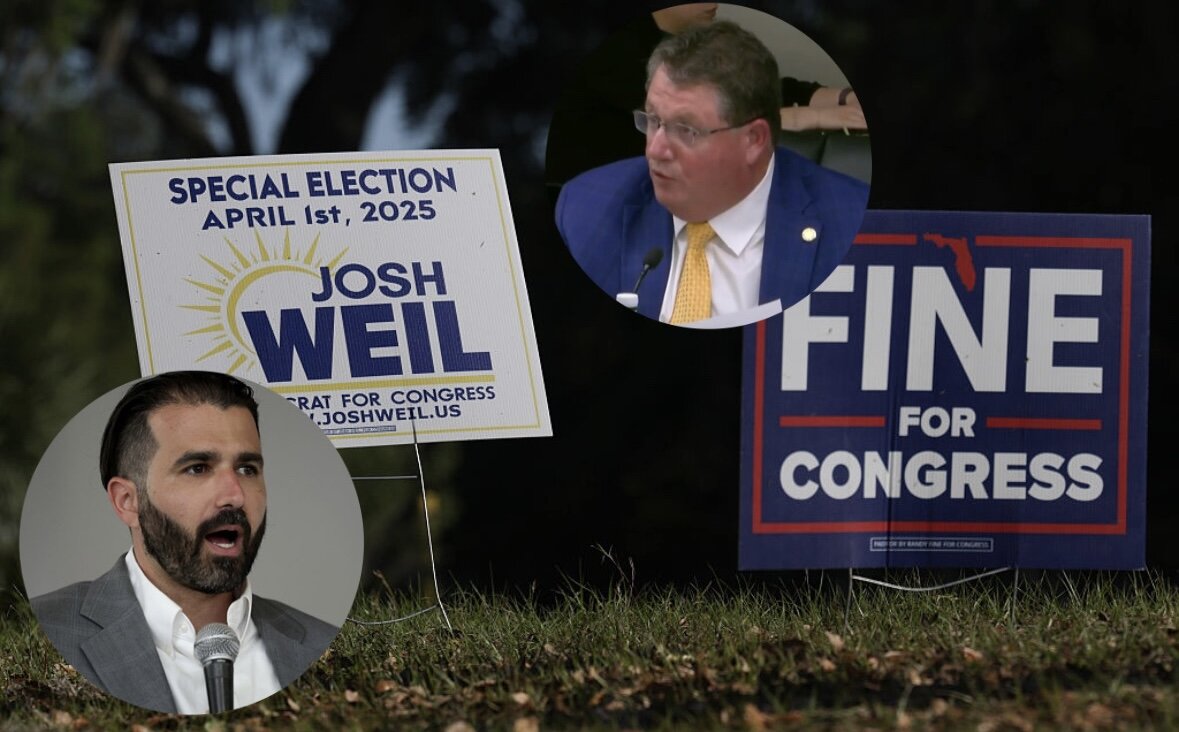Adversary A

Image by Kurt Hoffman
The Death of the Adversary: A Novel
By Hans Keilson Translated by Ivo Jarosy
Farrar, Straus and Giroux, 208 pages, $14.00
Comedy in a Minor Key: A Novel
By Hans Keilson Translated by Damion Searls
Farrar, Straus and Giroux, 144 pages, $22.00
Hans Keilson was born in Germany in 1909 to a working-class Jewish family and currently lives in Bussum, near Amsterdam, with his wife, a literary historian. His fraught, century-long span has been — at least for English-speakers — only vaguely sketched in (not that there’s been much curiosity). He trained as a physician. When WWII caught him, he fled to the Netherlands and hid, then worked for the Dutch Resistance. His parents died in Auschwitz. After liberation, he became a distinguished psychoanalyst, specializing in the treatment of war trauma in children. And meanwhile, he dabbled in fiction.

Image by Kurt Hoffman
“The Death of the Adversary,” which Keilson began writing while in hiding, was translated in 1962, fell into a void, and is currently being reissued, along with “Comedy in a Minor Key,” originally published in 1947 and now granted its first English-language translation in honor of the author’s centennial. How do you review the 60-year-old novel of a hundred-year-old psychoanalyst, whose narrator claims at the get-go, “I do not want to arouse the suspicion that I am sitting here trying to write a novel […] all I am doing is to write down what comes into my head and has the power to move me”?
An answer is conveniently embedded in the text.
“The Death of the Adversary” is the obsessive, philosophical, often hazy and circuitous meditation of an unnamed narrator on the relationship between man and enemy — or more specifically, on the relationship between him and B., the leader of a party that rises to power to the detriment of a certain minority, of which the narrator happens to be part. It is with this political rise that the narrator inadvertently gains a personal enemy, and the trouble is that he can’t help but regard it as just that — a gain.
But the notes on this relationship do not comprise the entire novel — they are clamped by italicized text. In the first few pages a man who was handed these notes for safekeeping gives them to the primary narrator, who is, we assume, responsible for conveying them into our hands. In the last few pages this narrator returns the notes and, when pressed for an opinion, says, “Aesthetic judgments are among the worst mystifications into which one can be tempted. Also the notes show very clearly that they were not intended for literary purposes.” Of course this is just another facet of the novel, and should be taken as such. The novel’s two-tier structure is itself an aesthetic choice, which either succeeds or doesn’t. However, I too, would rather refrain from aesthetic judgments.
Although there are striking, vividly-rendered images — “to the right and left of us stood the little hillocks, small, dark, clumps of earth that rose up into the night, as though the earth had developed bellies for the dead, in which she returned their bones into her womb” — they are few and far-between, not because Keilson isn’t capable of birthing metaphors, but because they are not what move him. There is no conventional plot, no usual character development, no fat — the novel never veers from its core. As an uncompromising exploration of the psyche, the only comparable novel I can think of is Robert Musil’s “The Confusions of Young Törless.” Both are forceful excavations of the murky, unyielding, animal territory of the oppressed mind.
The narrator says in cool understatement, “I was objective. I was one of those who regard it as their moral duty to look at all events detached from their personal preconceptions.” It is this unbending position that creates a schism between him and others of his minority — “They all suffer under their mark. But they turn it into a proud and lofty decoration, something unique, as though nothing higher existed in the world. But they suffer, and it is really a little bit of cheating, what they do with their suffering.” This schism prevents him from taking action against B. — even psychological action, which is to say developing a hatred — and allows him to sit in the company of young party-recruits, listening as one of them proudly recounts the recent nocturnal desecration of a Jewish cemetery.
We arrived at the top right-hand corner of the cemetery, at the foot of a little hill. It was covered with small hillocks: children’s graves. We ran towards them, jumped on them, loosened the little tombstones, pulled out the posts, and threw them somewhere across the dark field.
The description goes on and on, relentlessly. What is our narrator’s insight?
I drank and thought to myself that they were both good-natured and friendly, cruel and evil […] cruelty had been presented to them as something just and noble, and they behaved accordingly […] If they had just been cruel and nothing but cruel, they would have been much easier to deal with, and one wouldn’t have to cudgel one’s brains over insoluble problems.
“Comedy in a Minor Key” is a more conventional, concise work. There is not an extra word. A young, married Dutch couple, Wim and Marie, has been hiding Nico, a Jewish perfume salesman, for almost a year of the war, when he dies of pneumonia, and they must dispose of his body. Once again, the structure is conspicuous — the novella begins with Nico’s death, and from that event works simultaneously backward and forward. Its design is so neat, spare, and geometric that to think of it is like tapping a spoon to a crystal glass.
The overarching irony is obvious in the premise:
[Nico] had defended himself against death from without, and then it had carried him off from within. […] It was practically a trick he had played on them with his death, on the people who had kept him hidden for an entirely different purpose.
There is an echoed irony when the couple must go into hiding themselves, after forgetting to remove a laundry tag on the pajamas in which Nico’s body had been left in the park. So the title isn’t misleading. All the beloved shades of comedy are present, even farce. But perhaps the most haunting effect occurs once you close the book, after a quick, tense reading, and pause to re-examine the cover — a photograph of a park at night, empty, flooded with misty white light, and a bench. “‘He fit comfortably underneath,’ Wim thought at the end.”
Yelena Akhtiorskaya is a writer in New York City.
The Forward is free to read, but it isn’t free to produce

I hope you appreciated this article. Before you go, I’d like to ask you to please support the Forward.
At a time when other newsrooms are closing or cutting back, the Forward has removed its paywall and invested additional resources to report on the ground from Israel and around the U.S. on the impact of the war, rising antisemitism and polarized discourse.
Readers like you make it all possible. We’ve started our Passover Fundraising Drive, and we need 1,800 readers like you to step up to support the Forward by April 21. Members of the Forward board are even matching the first 1,000 gifts, up to $70,000.
This is a great time to support independent Jewish journalism, because every dollar goes twice as far.
— Rachel Fishman Feddersen, Publisher and CEO
2X match on all Passover gifts!
Most Popular
- 1

Film & TV What Gal Gadot has said about the Israeli-Palestinian conflict
- 2

News A Jewish Republican and Muslim Democrat are suddenly in a tight race for a special seat in Congress
- 3

Culture How two Jewish names — Kohen and Mira — are dividing red and blue states
- 4

Opinion Mike Huckabee said there’s ‘no such thing as a Palestinian.’ It’s worth thinking about what that means
In Case You Missed It
-

Fast Forward The NCAA men’s Final Four has 3 Jewish coaches
-

Fast Forward Yarden Bibas says ‘I am here because of Trump’ and pleads with him to stop the Gaza war
-

Fast Forward Trump’s plan to enlist Elon Musk began at Lubavitcher Rebbe’s grave
-

Film & TV In this Jewish family, everybody needs therapy — especially the therapists themselves
-
Shop the Forward Store
100% of profits support our journalism
Republish This Story
Please read before republishing
We’re happy to make this story available to republish for free, unless it originated with JTA, Haaretz or another publication (as indicated on the article) and as long as you follow our guidelines.
You must comply with the following:
- Credit the Forward
- Retain our pixel
- Preserve our canonical link in Google search
- Add a noindex tag in Google search
See our full guidelines for more information, and this guide for detail about canonical URLs.
To republish, copy the HTML by clicking on the yellow button to the right; it includes our tracking pixel, all paragraph styles and hyperlinks, the author byline and credit to the Forward. It does not include images; to avoid copyright violations, you must add them manually, following our guidelines. Please email us at [email protected], subject line “republish,” with any questions or to let us know what stories you’re picking up.













